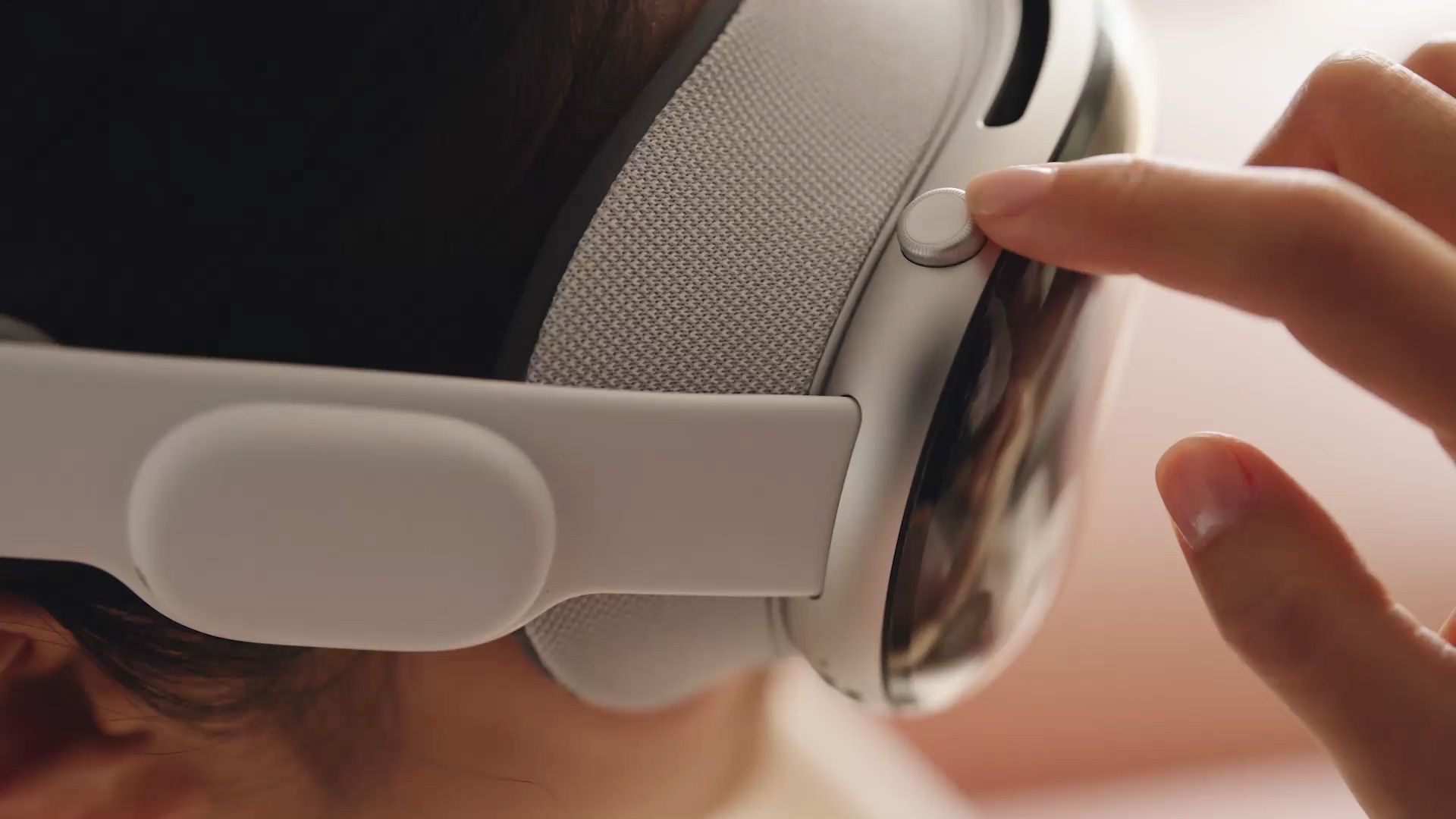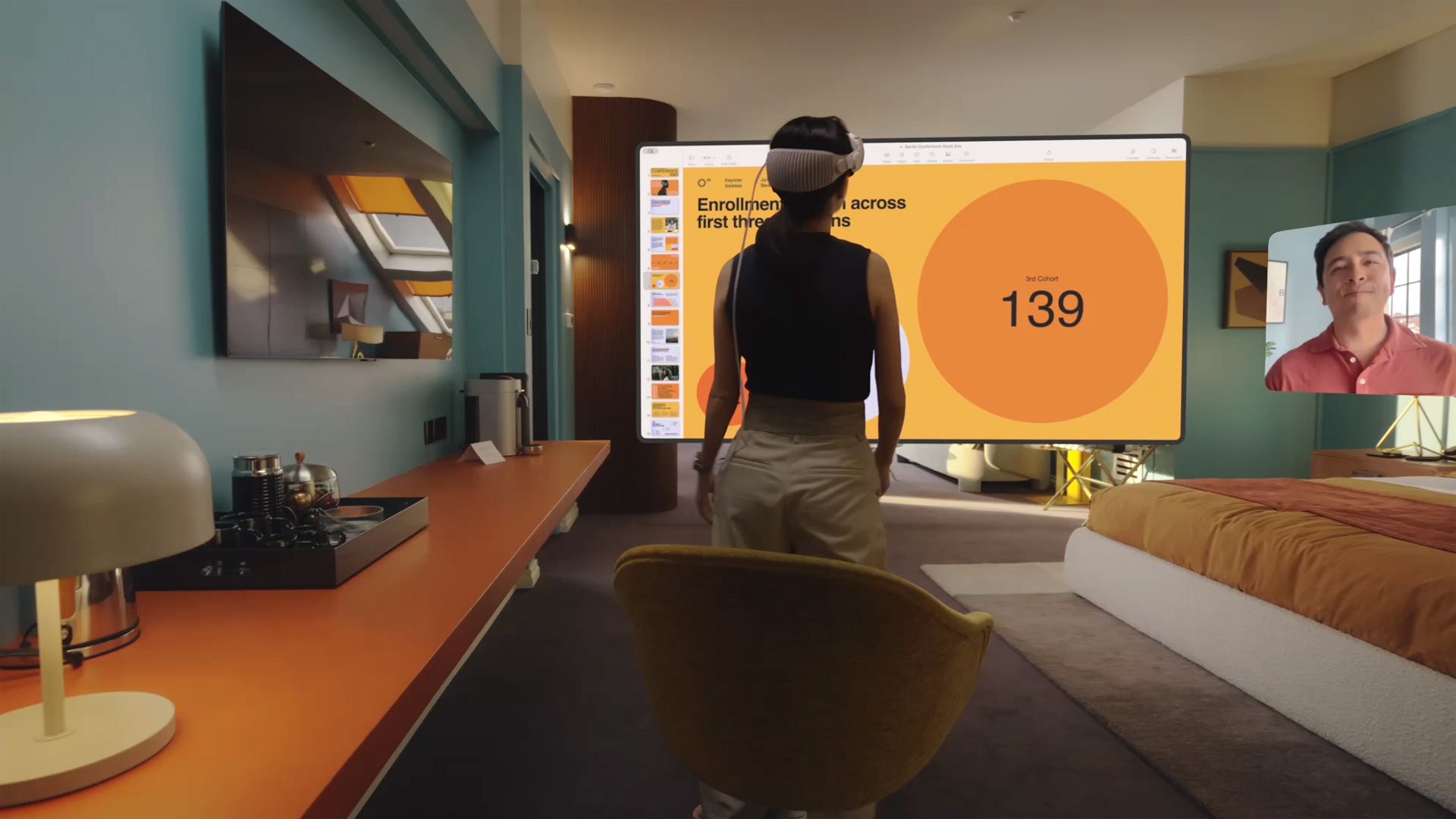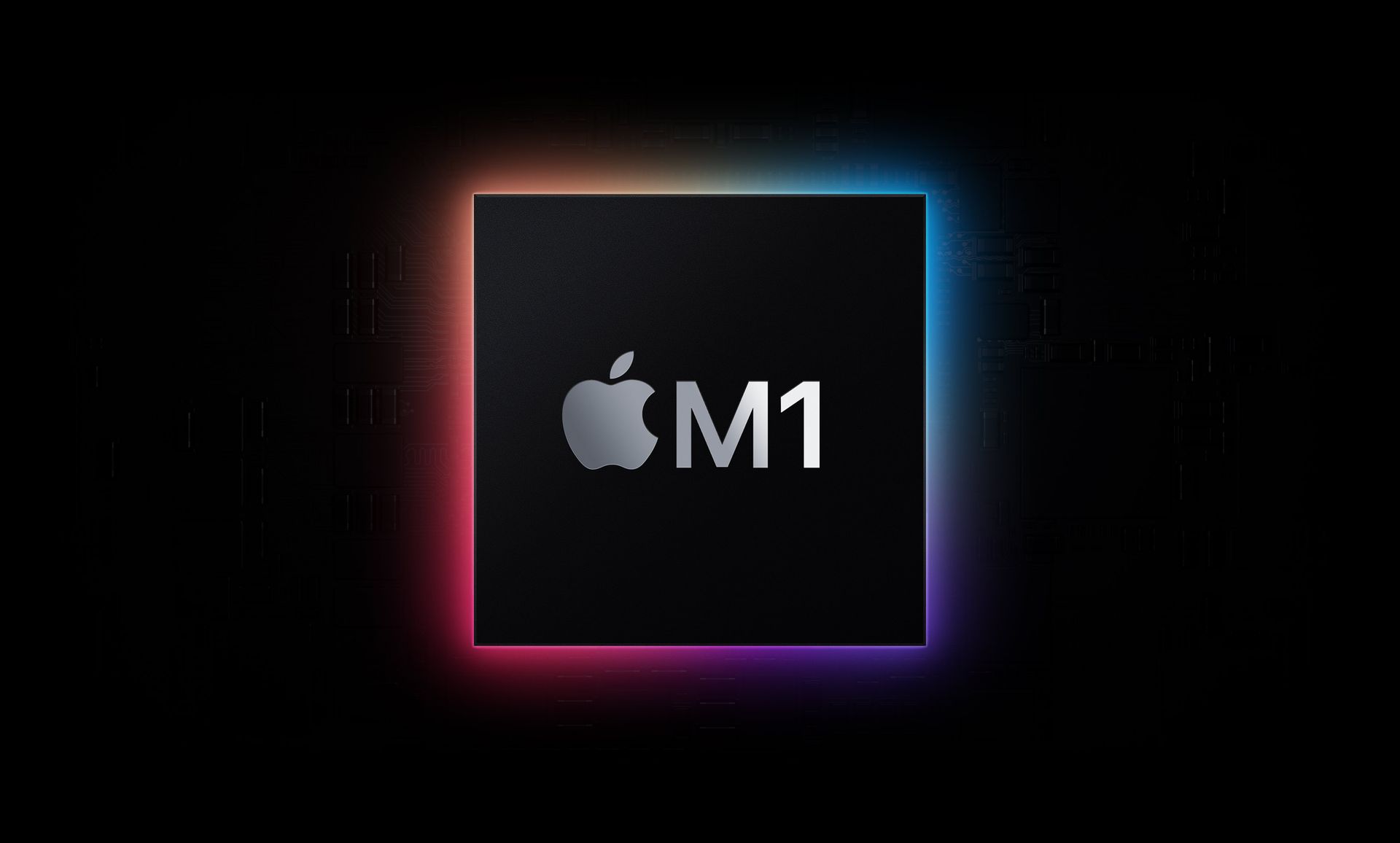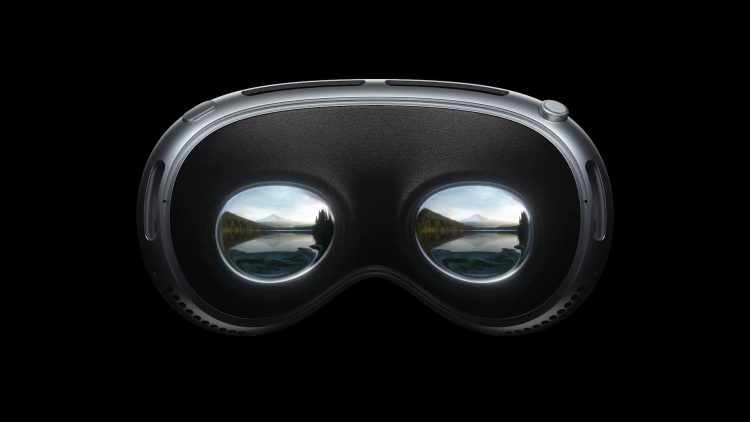Apple Vision Pro benchmarks have finally arrived and let us tell you something, it is quite impressive.
Apple has made a dramatic entrance into augmented reality (AR) and virtual reality (VR) with its groundbreaking headset, the Apple Vision Pro. This futuristic device promises an unprecedented level of immersion and cutting-edge features.
Naturally, users and tech enthusiasts are keen to explore how the Vision Pro stacks up against competing products. That’s where Apple Vision Pro benchmarks come in.

How are Apple Vision Pro benchmarks looking?
The age-old dilemma in VR headset choice – power versus portability – has traditionally forced users to prioritize one over the other. Standalone headsets like the Meta Quest series offer the untethered freedom of use but frequently suffer performance limitations due to relying on mobile processors.
Conversely, headsets tethered to powerful PCs and gaming consoles may have impressive capabilities but sacrifice wireless convenience. Apple’s Vision Pro is positioned to shatter this mold.
Now, we have already covered Meta Quest 3 vs Apple Vision Pro and now it is time to take a look at Apple Vision Pro benchmarks and not just compare it to other AR/VR headsets, but tech products in general!
Chips designed for immersive experiences
Unlike competing products, the Vision Pro does not rely solely on a single mobile processor. Its power source rests on the integration of two remarkably capable Apple chips: the Apple M2 Pro and the Apple R1 chips. The M2 is no stranger, already proven within the iPad Pro and MacBook lines, delivering impressive computational abilities.
But the R1, Apple’s dedicated spatial computing processor, is the game-changer for Apple Vision Pro benchmarks. This chip orchestrates the headset’s analysis of your environment, tracks your movements with astonishing precision, and processes visual information for the display. Essentially, the R1 handles the complexities of AR/VR experiences, freeing up the M2 to maintain system performance and run powerful applications.

One OS to rule them all
Apple’s use of an iOS-based platform, visionOS, opens exciting possibilities previously unavailable in standalone headsets. For the first time, we’re able to run standard benchmark applications, typically associated with tablets, directly on the Vision Pro.
We must also note that these benchmarks do not reflect its full potential, as iPad apps operate as floating windows within the greater mixed reality environment of the Vision Pro.
However, the results for Apple Vision Pro benchmarks remain undeniably impressive.
Where do the Vision Pro benchmarks shine?
The Vision Pro boasts Geekbench 6 scores on par with the 2022 iPad Pro, particularly in single-core performance, and its graphical performance matches (or slightly surpasses) a modern MacBook Air. However, benchmark scores alone don’t capture the full story.
Picture this: Not only is the Vision Pro achieving these numbers while running iPad apps, but it’s simultaneously rendering your real-world surroundings on incredible high-resolution displays. And all this occurs while also tracking your eye and hand movements in real time with the pinpoint accuracy that has become Apple’s signature.

R1 is the power behind the magic
This multitasking brilliance wouldn’t be possible without the specialized R1 chip. By delegating computationally demanding AR/VR tasks to the R1, the Vision Pro delivers desktop-worthy performance without the drawbacks of a wired connection.
This combination of R1 and M2 establishes the headset’s dominance within the standalone AR/VR industry.
A new era of convenience and immersion
With the Vision Pro, Apple proves that high-performance AR/VR experiences and exceptional portability aren’t mutually exclusive.
Add to this its revolutionary tracking features and an operating system derived from the tried-and-true iOS environment, and the Vision Pro emerges as a true watershed moment in wearable mixed-reality technology.
Featured image credit: Apple.





